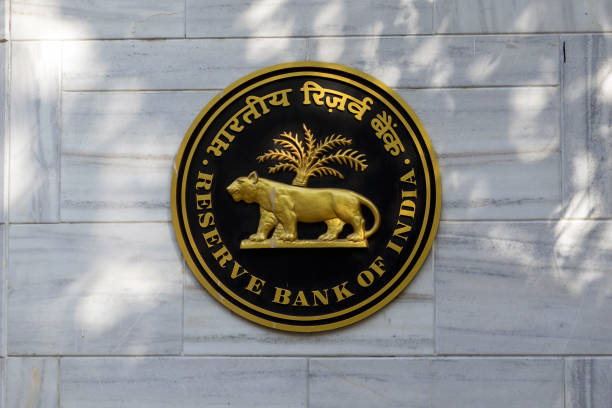As India races towards becoming a $5 trillion economy, one crucial system is quietly doing the heavy lifting beneath the surface of every loan sanctioned, wallet topped up, or MSME financed: Credit Risk Systems (CRS). Once buried deep in compliance departments, CRS platforms have become the central nervous system of India’s lending ecosystem.
Between 2025 and 2031, India’s CRS market is expected to grow at a double-digit compound annual growth rate outpacing global trends driven by a rare confluence of regulatory push, fintech innovation, digital infrastructure and widening credit penetration.
The Rise of Intelligent Risk
The traditional credit playbook based on income statements and CIBIL scores is being rewritten. Today’s CRS engines leverage artificial intelligence, machine learning and behavioural analytics to score individuals who might have never borrowed before. From gig workers and first-time MSME applicants to rural women entrepreneurs, credit scoring is becoming inclusive, real-time and risk aware.
Cloud-based platforms are rapidly replacing legacy infrastructure. They offer scalability, real-time monitoring, and lower costs helping even mid-sized NBFCs compete on par with banks in risk sophistication. More importantly, these systems can ingest massive volumes of alternate data from digital payments and GST records to social media patterns and deliver predictive insights in milliseconds.
Regulation as Catalyst
What makes India different from other markets is how regulation and innovation have moved in tandem. The Reserve Bank of India has taken an active role in shaping this transformation. From enforcing stricter digital lending norms to overseeing First Loss Default Guarantee (FLDG) models, the RBI is pushing lenders toward more system-driven, transparent risk frameworks.
Meanwhile, India’s world-class digital public infrastructure has created a real-time data backbone. Aadhaar-based eKYC, the Account Aggregator framework, GSTN integration and bureau linkages enable lenders to evaluate borrower risk with unprecedented speed and depth. Risk decisions are no longer static they evolve as the borrower does.
Compliance isn’t a paper trail anymore; it’s code.
Credit Risk Expands Beyond Banks
The importance of CRS is no longer confined to banks or large NBFCs. India’s consumption-led growth story has triggered a wave of credit products across sectors. Telecom companies are using embedded CRS to offer device financing. E-commerce platforms deploy risk scoring for BNPL schemes. Consumer durables and auto finance players rely on real-time analytics to underwrite buyers in Tier 2 and Tier 3 markets.
Even more telling is the adoption of risk systems by startups in embedded finance. For them, having a nimble, API-first credit risk layer is not just compliance its survival.
India’s Innovation Ecosystem Is Fertile
Venture capitalists are taking note. A new breed of regtech and risk-tech startups is emerging, building modular, AI-powered CRS solutions that are easy to integrate and affordable to deploy. Several PSU banks and financial institutions are forming partnerships with these startups or incubating their own solutions through fintech accelerators.
At the same time, India’s top technical institutes and fintech hubs like GIFT City, IITs and IIMs are backing R&D around risk modelling, making this space a high-impact intersection of policy, academia and entrepreneurship.
A Strategic Asset for the Next Decade
Between now and 2031, as India deepens financial inclusion and scales its credit economy, the ability to assess and manage risk dynamically will be critical. CRS platforms are no longer a support system they are the enabler of trust in a credit-led economy.
From underwriting a ₹20,000 SME working capital loan in Ujjain to detecting anomalies in a ₹200 crore bond portfolio in Mumbai, credit risk systems form the connective tissue of safe credit delivery.
The most resilient institutions of the next decade will be those that can not only lend fast but lend wisely.
India’s credit future will not be defined by how much credit is disbursed, but by how intelligently it is priced, monitored and recovered. In that sense, Credit Risk Systems are not just operational tools they are strategic infrastructure for India’s financial stability and economic ambition.
As risk becomes real-time, so must the systems that govern it. And in this silent revolution, India may not just catch up with the world but lead it.











